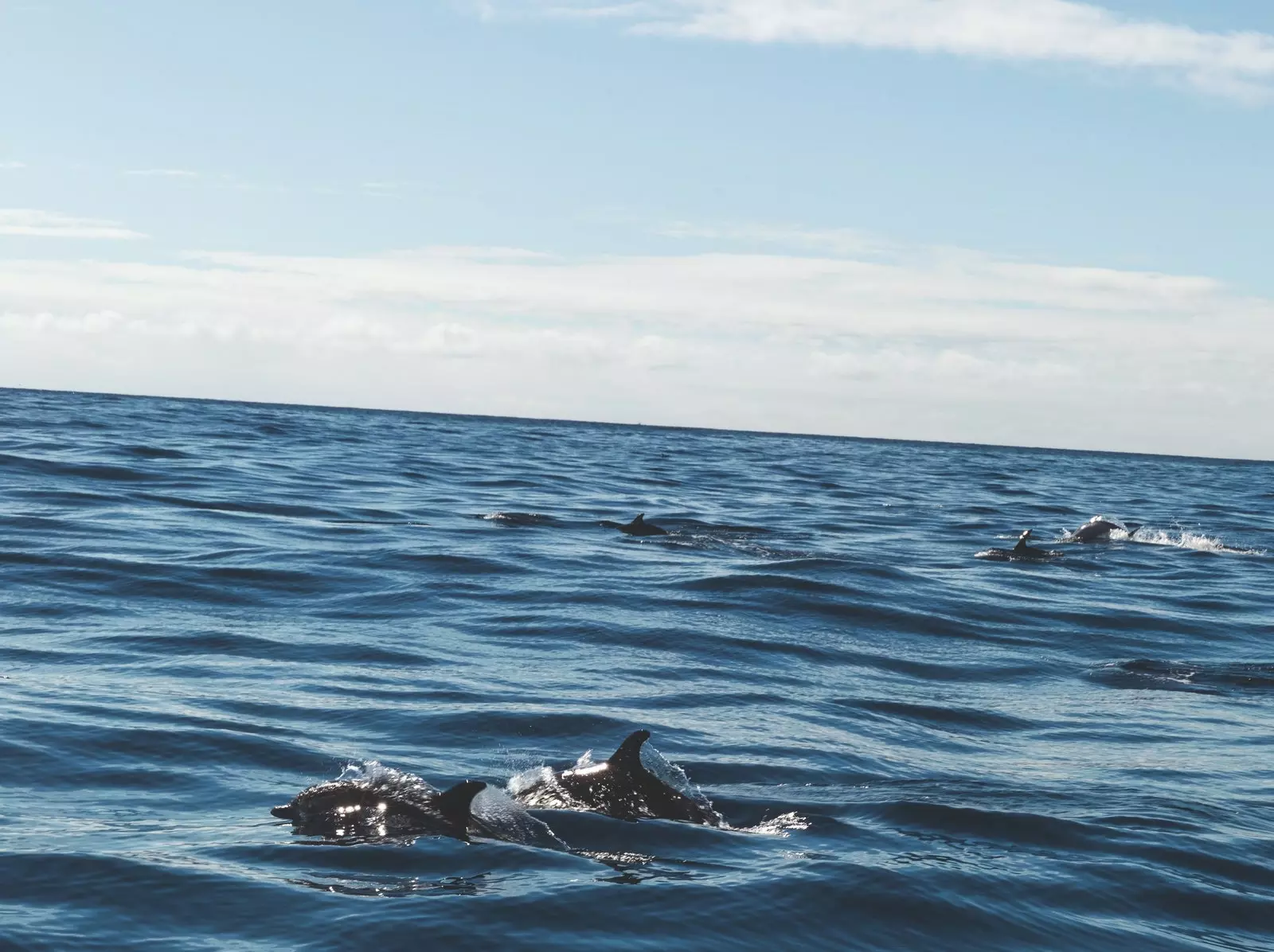
Dolphins in Terceira waters.
Shy and demure, you will rarely hear the Azores boast about how beautiful they are. Nor of the importance they had – that they have – for the evolution of history and climatology. Separated from the rest of the world by an Atlantic that has no qualms about showing its bad temper, just where the winds turn, a thousand miles from Lisbon and more than two thousand from the North American coast, the Azores are so discreet that it is difficult to find them on the map, because they tend to fall just where the page bends.
However, these nine dots of lava detained by the sea represent the summits of vast seamounts, much higher than the Himalayas. The visible part of a monumental volcanic mountain range that, like a submerged geography, forms a spine that runs through the Earth and channels the direction of the currents that mark the routes of navigation.
Everything would be different without them. Due to their strategic position, they are essential for Europe to enjoy the warm temperatures that make it habitable, and a stopover and inn as necessary as it is inevitable for any transoceanic ship that pretends to arrive successfully to a good port.
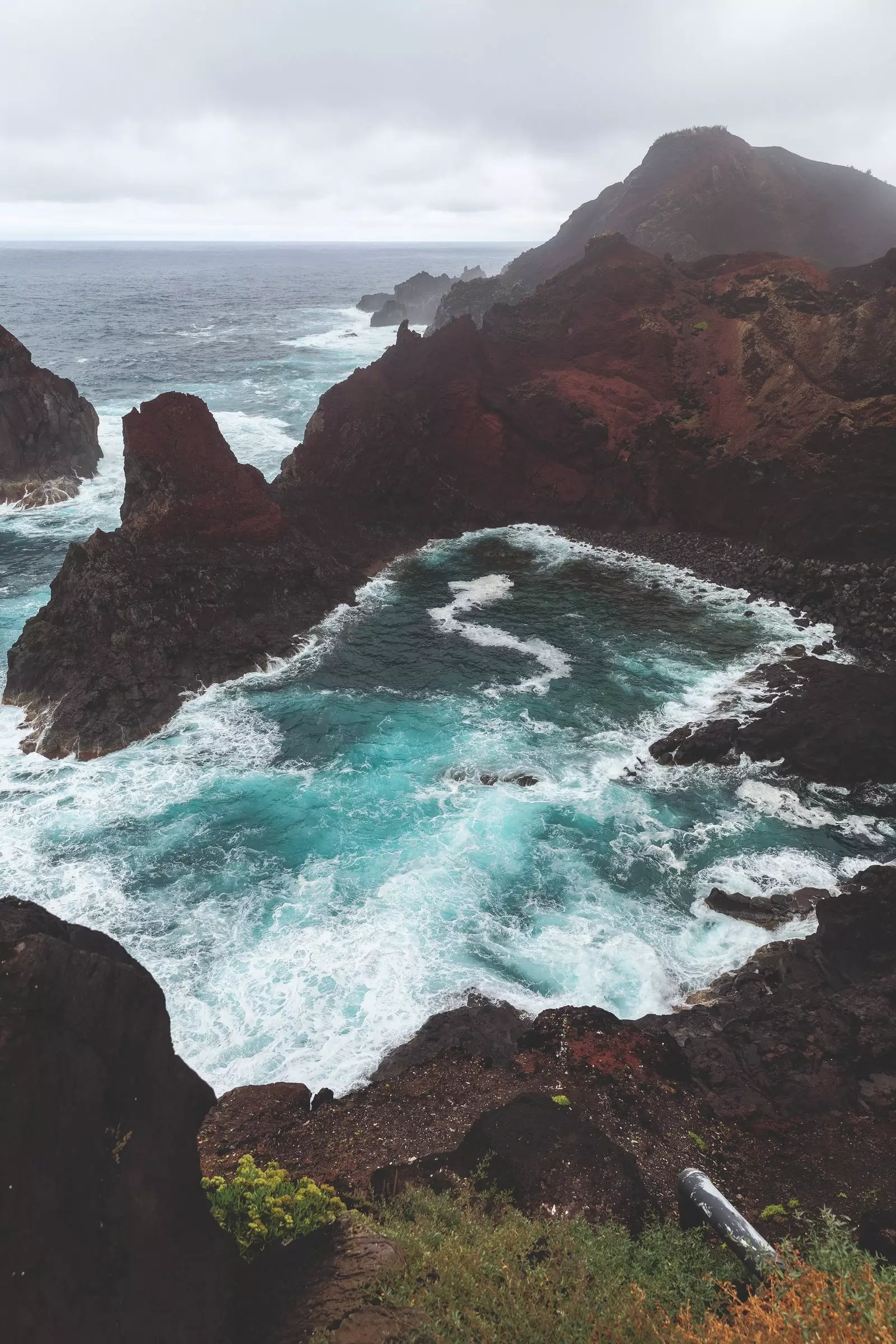
The sea at Ponta da Barca in Santa Cruz da Graciosa, Azores.
HISTORY AND TOURISM
The Portuguese made them their own in the mid-15th century, Christopher Columbus stopped here to hear mass when he was returning from his discovery of America, Vasco da Gama changed the course of his trip to take his brother Paulo to the old Misericordia hospital –considered the best in the world for treating the diseases that decimated crews–, Charles Darwin rode on horseback on the stopover of his voyage aboard the Beagle, and Mark Twain visited them on one of the first tourist cruises in history.
It is possible that this modesty and that uncertain climate, which does not ensure that the sun smiles every day, are the reasons why have managed to fight the voracity of tourism eager for 'new places' of the last decades. But, as was inevitable, the secret of the beauty of these "fuzzy islands" that were also passed by the Italian navigators of the early fifteenth century has already gone viral.
The Azores have ceased to be "the anticyclone of" to become one of the destinations that arouses the most interest among travelers who want to merge with nature. In 2019, the hotel establishments of the archipelago received 774,000 guests, 106.7% more than in 2014. Obviously, the figures for this fateful year will not show an upward trend, although in this present marked by the pandemic and travel restrictions, the portuguese archipelago –to enter you need a negative PCR test– works like a magnet a kind of permanent center of gravity for digital nomads. A healthy and wholesome place.
"The Hawaiian Islands of Europe" Some call them “Iceland with good weather and affordable prices”, others claim. They are all right, of course there are no ukuleles or glaciers here or the closest thing to a signature coffee shop. Nor idyllic golden sand beaches, it is important that no one arrives looking for what does not exist. In return, what there are are village festivals and many natural pools, formed by the tides and rough waves that seem to generate their own eruptions.
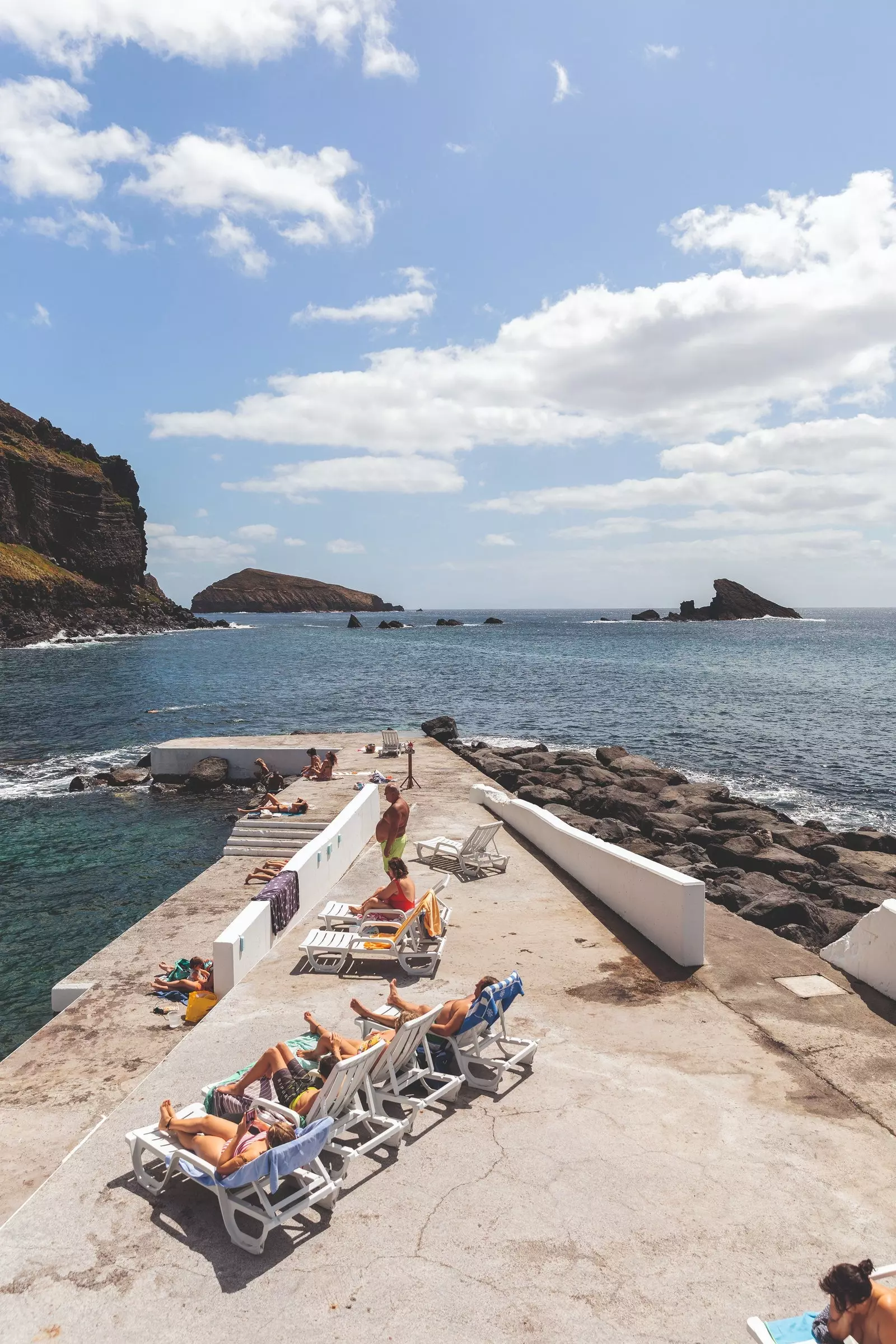
Carapacho natural pool, in Graciosa.
THE CHARACTER OF TERCEIRA
Of the nine islands, maybe Terceira –so called because it was the third to be discovered–, the capital of the Central archipelago, despite its emerald green meadows, its black earth and its reddish mountains, not be the most, shall we say, spectacular. It lacks the mountains, fumaroles and 'alpine' lagoons of São Miguel, the largest island, from the vertiginous cliffs of its neighbor São Jorge or from the impressive waterfalls of the remote and wild Flores, lately so fashionable among Americans...
Yes it is, however, the most entertaining, the most mat, the most likeable. Y the logical destination of those who visit the Azores for the second time –we assure you that rare is the one who does not repeat–. We were already there last year – we told you about it in our number 126, in March 2019 – and, as in Azores that of 'seen one island, seen all' does not work, but rather that of 'there are not two without three', we will also approach the small and gentle Graciosa, located 80 kilometers (about 15 minutes by plane) to the north.
Also, Terceira, the last Portuguese territory to be annexed to the Spain of Philip II, It also represents a unique opportunity to review history. There, at the top of the crater of Mount Brazil, surrounded by a lush natural park, ideal for running or picnicking, the São João Baptista fortress, headquarters of the 1st Regiment, the oldest in Portugal, watches over the capital of the island, Angra de Heroísmo –literally “the bay of the brave”–, and its apparently placid bay. World Heritage since 1983, this was the first European city to be founded outside the continent. Resting on the bed of the sea, a cemetery of anchors, amphorae and wrecks – some dating back to World War II – show that You should never trust these waters. Much less of the pirates.
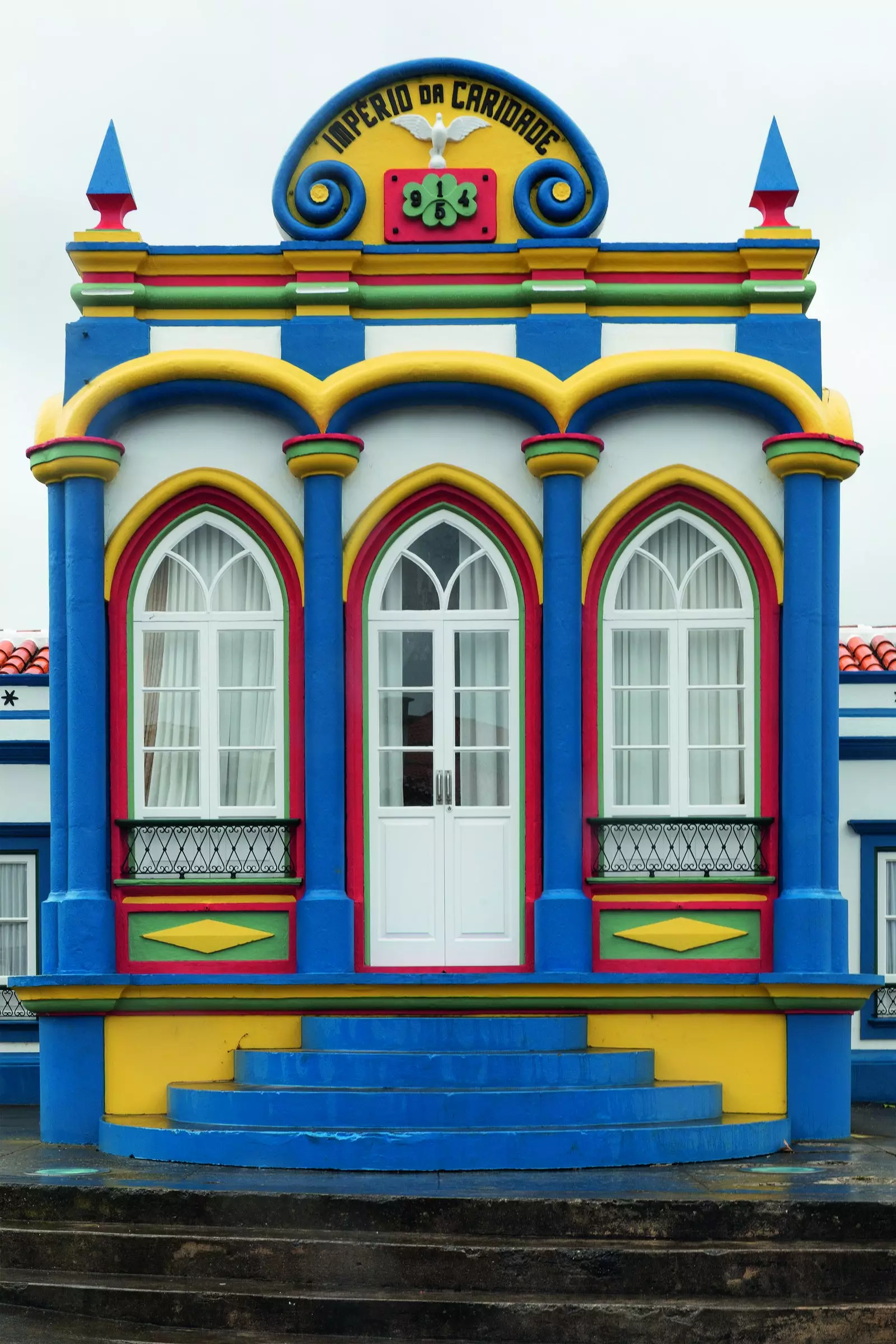
In Terceira the spirits are chapels consecrated to a saint or virgin, like this one in Praia Victoria.
IN ANGRA DO HEROISM
Despite the corrosive effect of saltpeter and time, the elegant buildings of Angra do Heroísmo keep intact the colors of when this was the main supply port for the ships and galleons that returned laden with riches from China, India and America. Wine, cereals and by-products of whaling were also sent from here to the Old World. that paid for the mansions that today silently follow each other along the coast to the little fishing village of San Mateo.
In the small port, where the children play jumping into the sea from the boats, a tiny but essential museum remembers the life of whalers, an activity that continued in the Azores until 1986. Everything in Terceira seems to tell a story from the past. Even the sweets. At the O Forno pastry shop, in Angra do Heroísmo, Ana Maria Pimentel Pereira da Costa, the island's most famous confectioner, continues to make her Dona Amélia's sought-after bôlos according to the original recipe invented by her grandmother Deolinda in the summer of 1901. Cornmeal, butter, eggs, molasses, raisins and spices.
“I wanted to make a special cake, different from the usual convent sweets, for the visit of Queen Amelia of Orleans, last queen of Portugal”, she explains to us. "The secret is in the spices and in lovingly beating the eggs by hand."
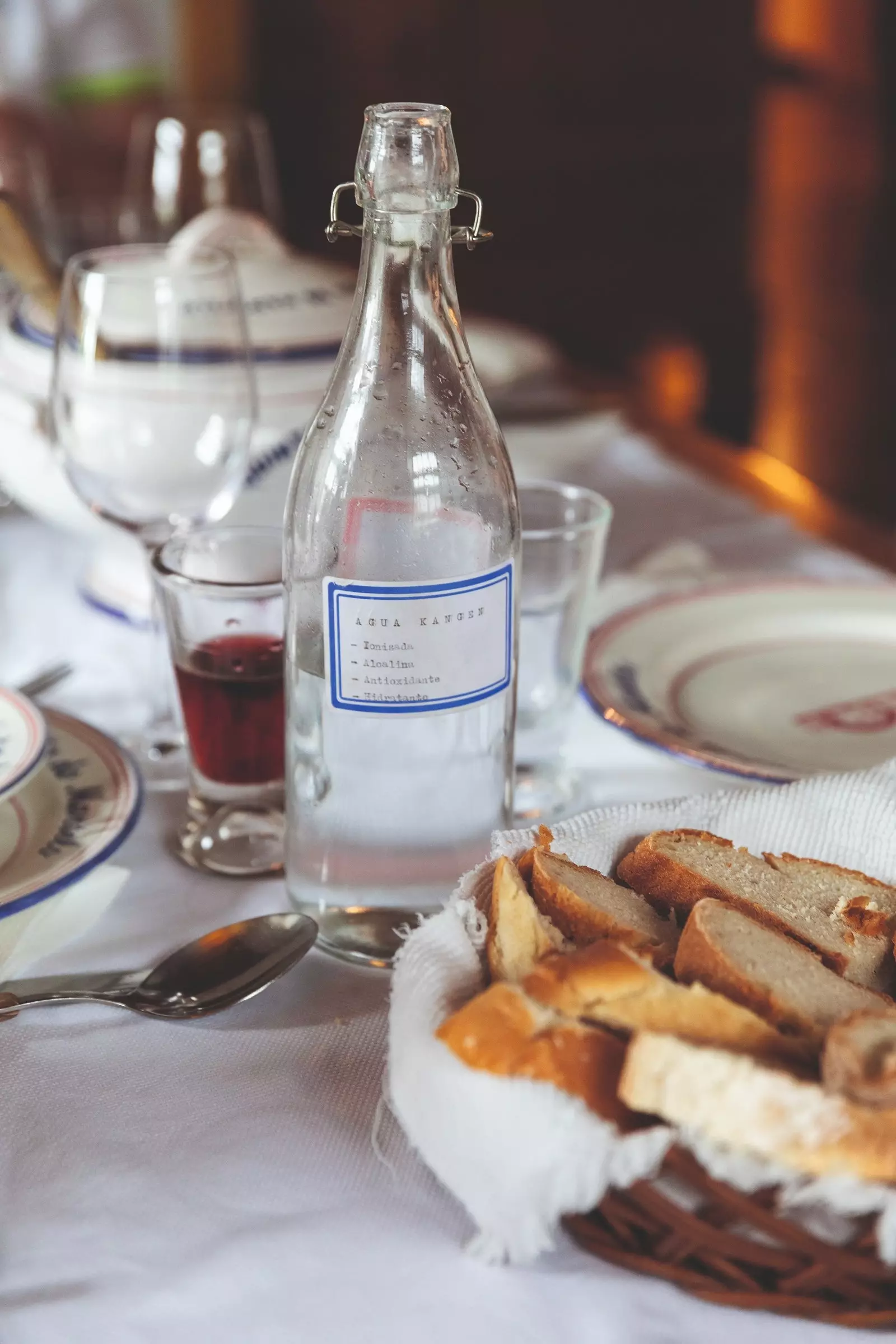
Table set at Quinta do Martelo, in Angra do Heroísmo.
LET'S TALK ABOUT WEATHER
It rains in Terceira. It's raining buckets, but it doesn't matter because in a while the sun will come out. Or not. But it will still matter. Nobody in the natural pools of Biscoitios seems to care what the weather is like. they know that in the Azores the weather, unpredictable and uncertain, usually changes every ten minutes. You just have to wait. In addition, the thermometer rarely drops below 18ºC (not even in winter) or goes above 28ºC (not even in summer).
“This wind takes away all worries”, exclaims an older man with energetic enthusiasm as he climbs the stairs carved into the winged volcanic rock. I am 77 years old and I come to bathe every day. This is health ”, he assures and, seeing his appearance, there is no doubt. A few meters further on, some young people jump into the water performing pirouettes impossible to emulate. "This jump, with your legs open and touching the tips of your feet, is called 'xanaia' and it is a specialty of this area", the lifeguards explain.
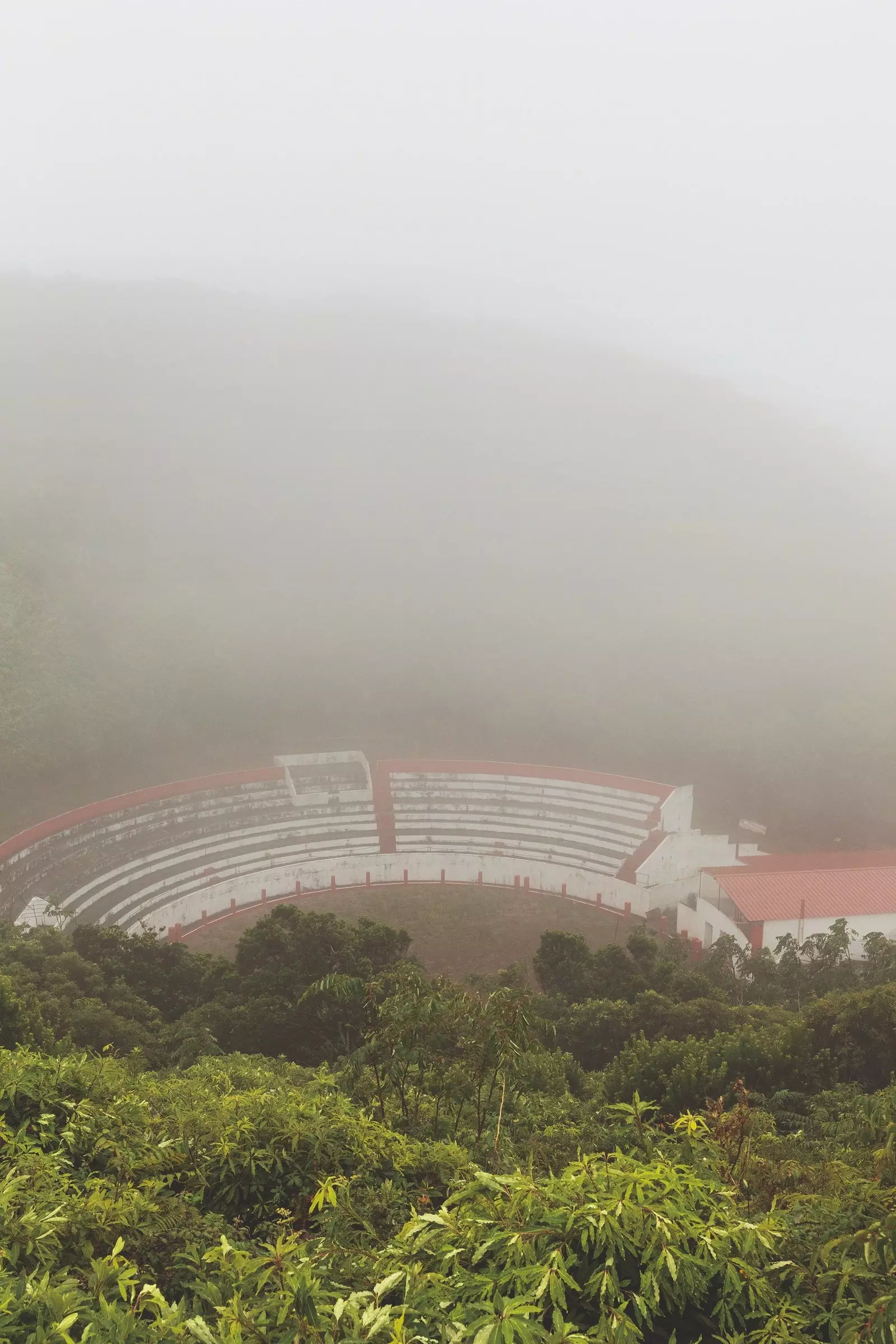
Monte da Nossa Senhora da Ajuda bullring, in Graciosa, built inside a volcano.
HOTELS AND VINEYARDS
The sun, beginning to peek through the clouds, lights up the green of the vineyards that, protected from the wind by small basalt stone corrals, extend in all directions. The Verdelho vines, the local variety, were brought from the island of Pico – where they are protected as Natural Heritage by UNESCO – the Brum family, producer for four generations, who also built the interesting Biscoitos Wine Museum.
Near here is the most appealing and innovative hotel on the island, the Caparica Ecolodge, which opened last year in the middle of the forest. Its five romantic cabins, semi-raised on the trees, authentic viewpoints of the valley and the sea, were designed by the architect Bruno Fontes and his XHouse studio, and they show works by some of the most interesting artists of the archipelago, such as the painter Maria Jose Cabacu.
Another of the accommodations that is well worth a stay, or at least a stop to try their alcatra meat –On this island of sailors you eat one of the best meats you can imagine– is the Quinta do Martelo, where its passionate owner, Gilberto Vieria, has spent more than thirty years meticulously recreating the history of the evolution of hotels, taverns and restaurants. Something unique in the world.
One of the peculiarities that Azores shares with the apparently disparate Hawaii and Iceland is the rare possibility that it offers enter the bowels of the Earth through an ancient volcanic tube, a wet and unforgettable experience. Before reaching the so-called Algar do Carvão, in the center of the island, you must make a mandatory stop at the Serra do Cume. From there, when the fog allows it, there are incomparable views of the tapestry of intense greenery divided into stone fences, the so-called “patchwork blanket” that characterizes Terceira.
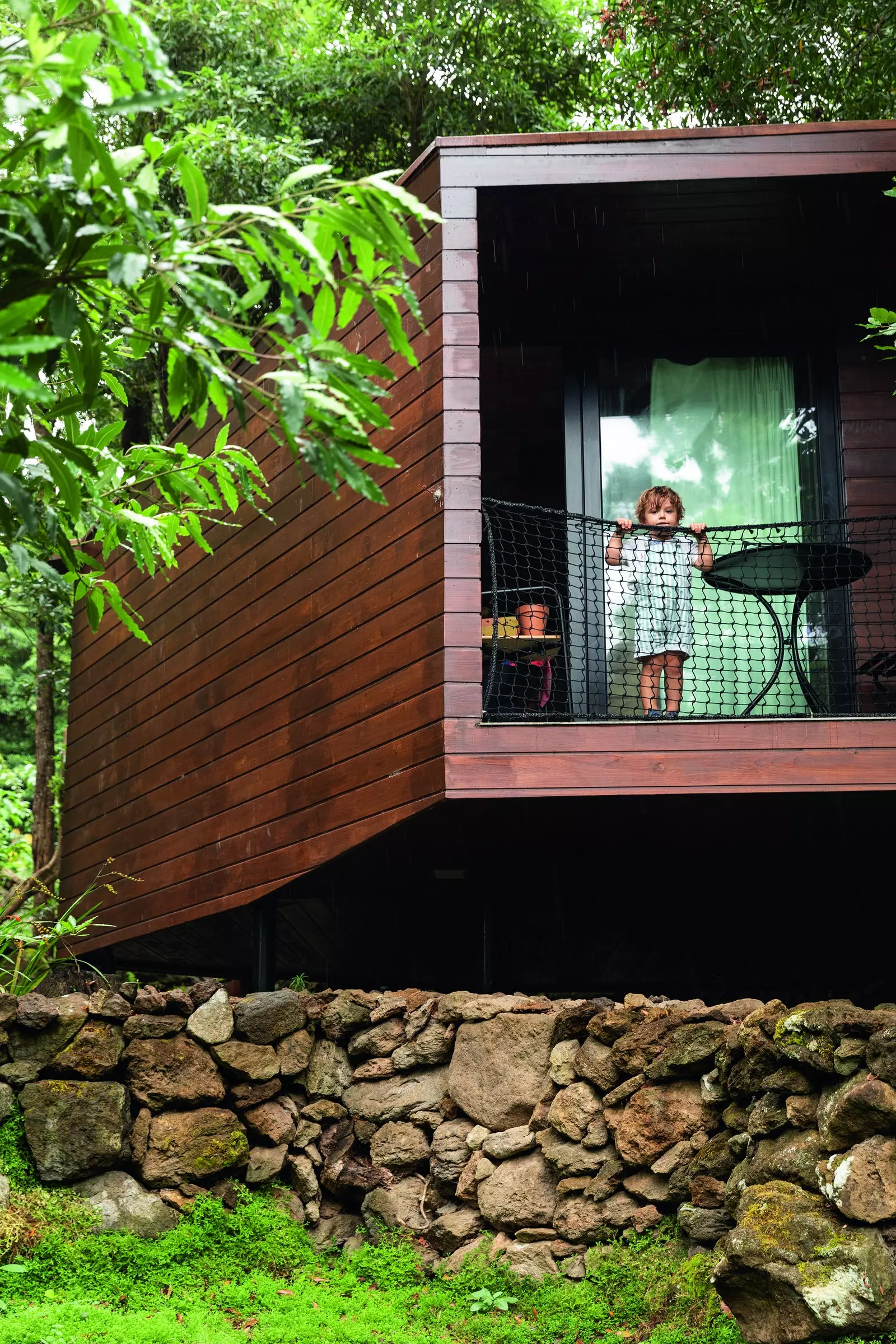
One of the cabins in the trees of Caparica Ecolodge, in Terceira.
Although, as we mentioned before, the most special thing about this island is its ability to have fun and the number of excuses there are to celebrate life. “After Christmas and the Three Wise Men we celebrate the Feast of the Friends, the following week that of the Amigas, then that of the Godfathers, the Godmothers and, finally, Carnival, unique in the world. The whole island participates. Lent is the only time we don't toast. After Holy Week are the festivities of the Holy Spirit. Then, from May to October, they are the toradas (similar to the running of the bulls of San Fermín), one or two a day. In June, the festival of San Juan…” lists Joao, the young guide from the Azores Touch company, on the terrace of the bar attached to the Queijo Vaquinha cheese factory, another of the islanders' pride.
If Terceira is perfect for partying and meeting people, the little and unknown Graciosa it is to recover from a hangover and being at ease with oneself in the wilderness. It's not on the way anywhere and no one outside of here has usually heard of it before they arrive. This is the (not so) typical place where the only traffic jams are caused by cows s –it is believed that they were its first settlers–, all cats seem to come from the same litter and young people have to resort to reality TV shows to find a partner.
João Bettencourt became something of a local celebrity when he participated in the Portuguese version of Farmer Looking for a Wife. He returned home without a girlfriend, but with a business plan for the sweet queijadas that he, his sisters and his mother make every day and only with prior order in an anonymous kitchen in the town of Santa Cruz. Anonymous for now, because by the end of the year they want to have a bakery as God commands, with shop window and sign.
Despite its small size -fourteen kilometers by six kilometers-, Graciosa concentrates everything that Azores is known for: numerous trails to get lost in (though not to be missed), excellent wines and dairy products, amazing diving, good waves for surfing, a relaxed pace of life, natural pools safe from the waves and an underground world to explore without the need for technical equipment.
Of course you will be left wanting more, to travel to another island. You have several more left. Because here you already know that there are not two without three... not three without four.
